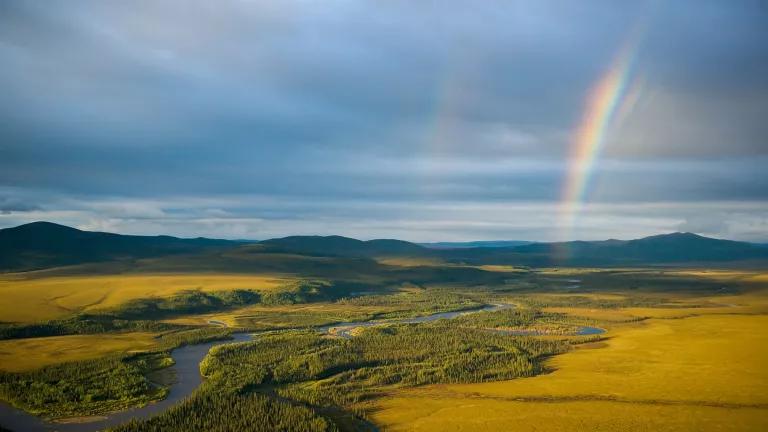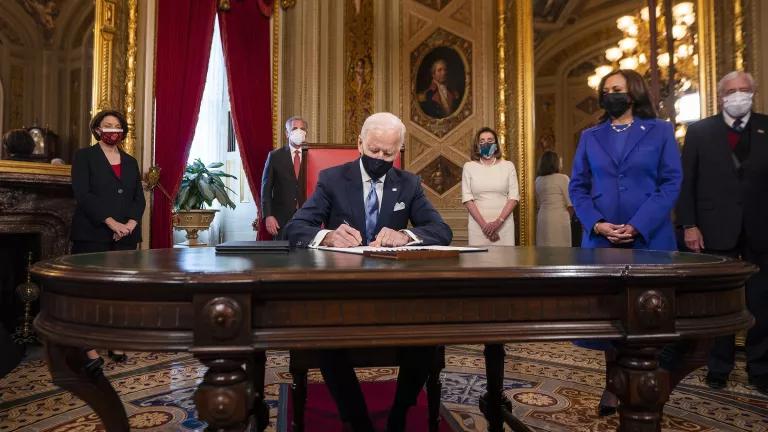It's Time for Offshore Wind to Advance
We need offshore wind—and we need to do it right. The Vineyard Wind supplemental analysis reveals offshore wind can be done in an environmentally responsible way and provide the clean energy that East Coast states are demanding.

We need offshore wind—and we need to do it right. The recent Vineyard Wind Supplement to the Draft Environmental Impact Statement (which expands the prior cumulative activities scenario for offshore wind development) reveals that offshore wind can be done in an environmentally responsible way and provide the clean energy that East Coast states are demanding. This study should help Vineyard Wind and other offshore wind projects advance quickly now.
The analysis notes that as offshore wind advances, we will likely see reduced emissions from polluting fossil fuel plants and improved air quality. And every investment in renewable energy helps in the fight against climate change. While we fight climate change, we can and must also avoid, minimize, and mitigate potential threats to ocean life by taking precautions when siting, constructing, and operating turbines, and committing research and project monitoring to understand and protect our ocean wildlife.
We worked with Vineyard Wind to sign a landmark agreement that would protect the highly endangered North Atlantic right whale during construction and operation for what we anticipate will be the first U.S. commercial scale wind project. And while the supplemental environmental impact statement does not assume that all developers will adopt these smart measures, it does acknowledge that doing so would better protect marine wildlife. This is why states and the federal government should be requiring these types of best practices from all developers.
Fact is, like any type of energy, offshore wind poses risks to the environment it operates in, and some wildlife populations may be hard-pressed to acclimate to additional stressors. The supplemental document factors in the states’ true thirst for clean, offshore wind as an energy source. The expanded analysis predicts that offshore wind farms will generate approximately 22 GW—enough to power 7.9 million homes—along the U.S. Atlantic Coast within the next decade. Looking at the full scale of offshore wind development reinforces how it’s more important than ever to ensure that wind projects adequately protect the ocean resources we rely on for food, jobs, and recreation. To do this, federal and state governments need to adopt measures that avoid, minimize, and mitigate underwater noise, ship strikes, and turbine collisions. Vineyard Wind’s project has committed to advance wind construction and operations in an environmentally responsible way, and this needs to be the rule. Federal and state permitting agencies should also require ongoing and collaborative research to ensure that we’re learning how to build offshore wind with less and less impact as we go.
The Bureau of Ocean Energy Management—part of the Department of the Interior—will be holding five virtual public meetings starting June 26 and running through July 9. According to the agency, the final environmental review is anticipated to be released November 13, 2020 and the Vineyard Wind Project will receive a final record of decision allowing it to either proceed or not on December 18, 2020.
NRDC will be submitting detailed comments on the supplemental review document to strengthen the cumulative impact findings further, but the broad thrust is clear: We must move ahead with offshore wind projects and do so in a way that protects the environment.




